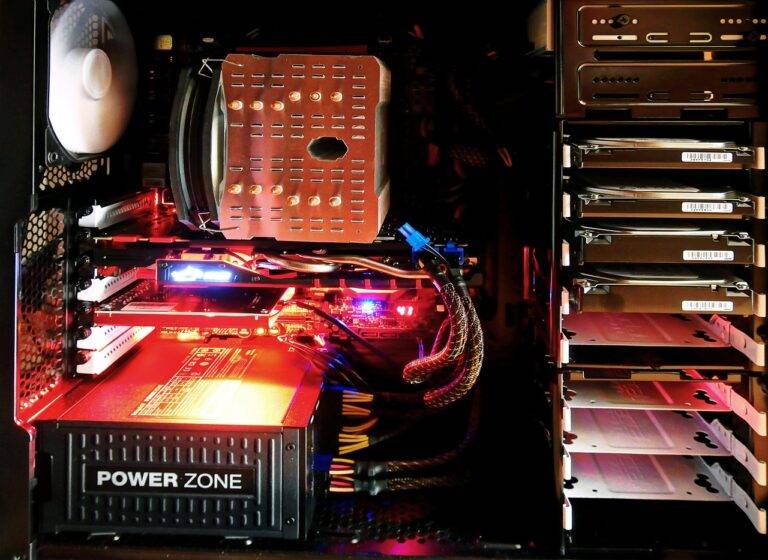The Rise of Quantum Satellite Communication
Quantum satellite communication is poised to revolutionize the way we transmit and secure data over long distances. In this article, we’ll explore the rise of quantum satellite communication and its potential impact on global connectivity.
Quantum satellite communication leverages the principles of quantum mechanics to enable secure and efficient transmission of information between ground stations and satellites orbiting the Earth. Unlike traditional communication methods, which rely on classical bits to represent information, quantum communication uses quantum bits or qubits, which can exist in multiple states simultaneously due to the phenomenon of superposition.
The Need for Secure Communication
In today’s interconnected world, the need for secure communication channels has never been greater. Traditional encryption methods, while effective, are vulnerable to attacks from increasingly sophisticated adversaries. Quantum satellite communication offers a solution to this problem by providing a fundamentally secure means of transmitting data.
How Quantum Satellite Communication Works
Quantum satellite communication involves the generation, transmission, and detection of quantum-entangled photons between ground stations and satellites. These photons are used to encode information in the form of qubits, which are then transmitted over long distances through free space or optical fibers.
At the heart of quantum satellite communication is the process of quantum key distribution (QKD), which enables two parties to generate a shared secret key for encrypting and decrypting messages. QKD relies on the principles of quantum mechanics to ensure the security of the key exchange process.
Advantages of Quantum Satellite Communication
1. Security: Quantum satellite communication offers unparalleled security, as any attempt to eavesdrop on the communication channel would disrupt the quantum state of the transmitted photons, alerting the parties involved to the presence of an intruder.
2. Global Coverage: Satellites provide extensive coverage over large geographical areas, making quantum satellite communication suitable for applications requiring long-distance communication, such as secure government and military communications, financial transactions, and critical infrastructure.
3. Low Latency: Quantum satellite communication can offer low-latency transmission of data, making it suitable for applications that require real-time communication, such as financial trading and remote control of unmanned aerial vehicles (UAVs).
Challenges and Future Outlook
While quantum satellite communication holds immense promise, several challenges need to be addressed before it can achieve widespread adoption. These include the development of reliable quantum hardware, the mitigation of environmental factors that can degrade signal quality, and the establishment of international standards for interoperability and security.
Looking ahead, quantum satellite communication is expected to play a pivotal role in shaping the future of global connectivity, enabling secure and efficient communication channels that transcend the limitations of traditional encryption methods.
FAQs
Q: How does quantum satellite communication differ from traditional satellite communication?
A: Quantum satellite communication relies on the principles of quantum mechanics to provide secure communication channels, whereas traditional satellite communication uses classical encryption methods that are vulnerable to attacks.
Q: What are some potential applications of quantum satellite communication?
A: Quantum satellite communication has applications in secure government and military communications, financial transactions, critical infrastructure, and real-time data transmission.
Q: What are the main challenges facing the widespread adoption of quantum satellite communication?
A: Challenges include the development of reliable quantum hardware, environmental factors that can degrade signal quality, and the establishment of international standards for interoperability and security.





